Originally posted by abcd567
View Post
Announcement
Collapse
No announcement yet.
3 EASY ANTENNAS FOR BEGINNERS
Collapse
X
-
I am using FR24 supplied equipment, this supplies data from the receiver directly to the router, is it possible to use Virtual Radar with this?
-
Virtual Radar Server on my Windows Desktop.Originally posted by lockon View Postwhich software are you using to capture the polar diagram? I'd like to run some tests but have no other quantitative way to make measurements.
Thank you
 A stand-alone .NET application that displays output from an SBS-1 ADS-B receiver on a Google Maps web page.
A stand-alone .NET application that displays output from an SBS-1 ADS-B receiver on a Google Maps web page.
I can connect it to any of my receivers (DVB-T RTL USB Dongles) inserted into any computer on my home network (Desktop, Laptop & Raspberry Pi).
Leave a comment:
-
That looks like the one built in to Virtual Radar Server, SBSPlotter is another one will run stand alone and create .out plots that you can load into basestation etc.Originally posted by lockon View Postwhich software are you using to capture the polar diagram? I'd like to run some tests but have no other quantitative way to make measurements.
Thank you
Jerry
Leave a comment:
-
which software are you using to capture the polar diagram? I'd like to run some tests but have no other quantitative way to make measurements.
Thank you
Leave a comment:
-
SIMULATION OF 2 DIY ANTENNAS
Simulation 1 of 2: SPIDER (8 Legged )
Gain = 1.7 dBi
SWR (75 ohms) = 1.3
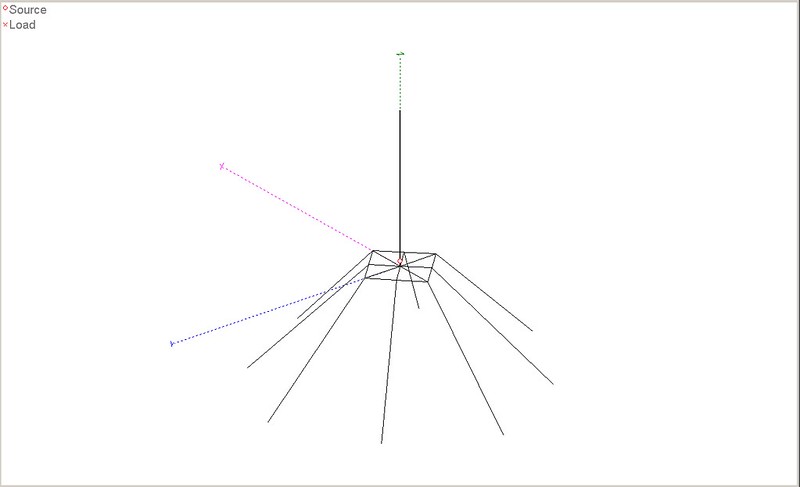
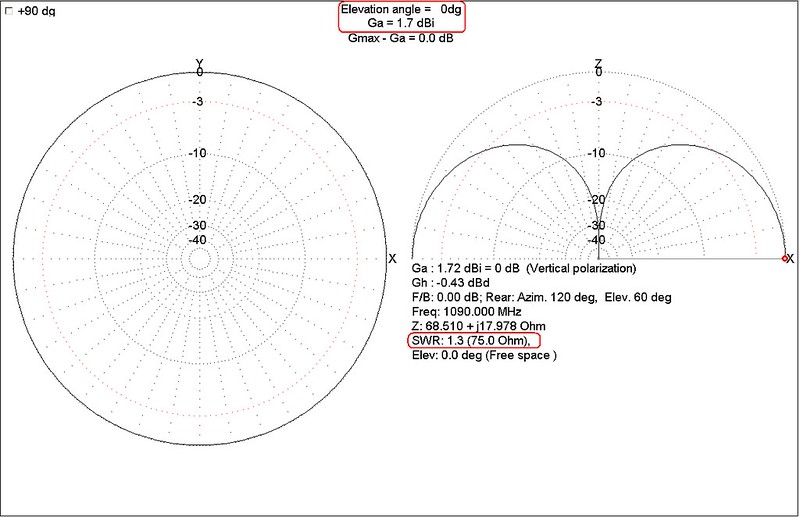
.
Simulation 2 of 2: CANTENNA
Gain = 1.9 dBi
SWR (75 ohms) = 1.5
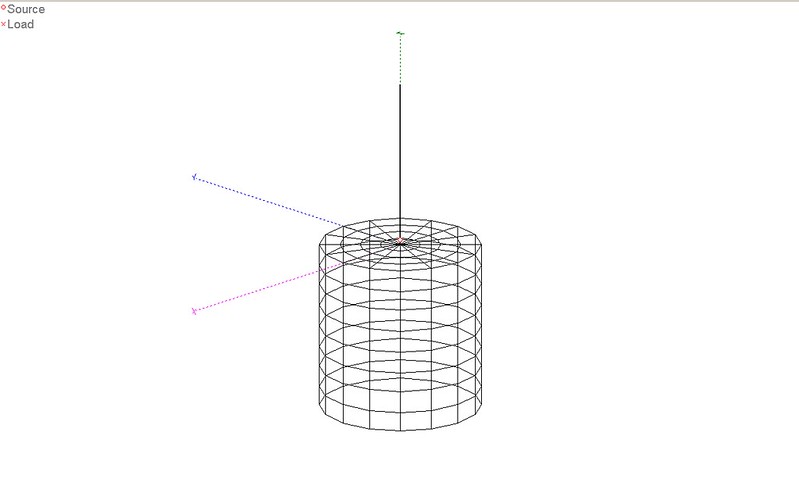
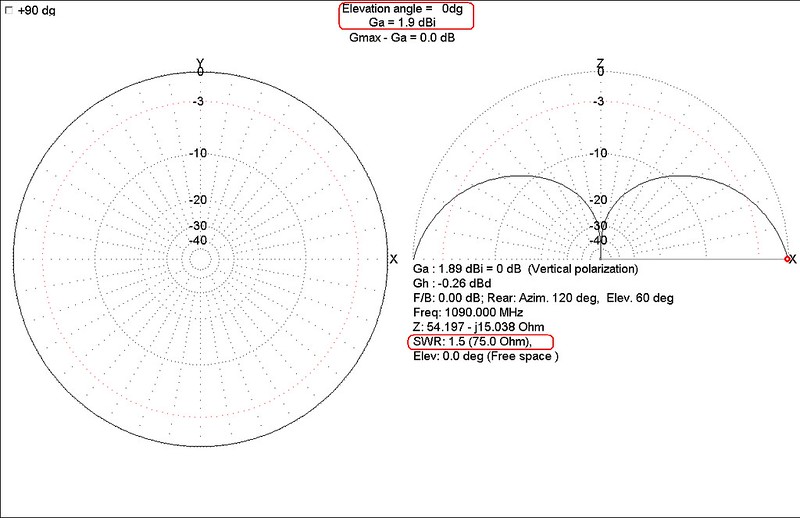
Leave a comment:
-
Basically, no. I regularly get 320+ NM with the stock FR24 equipment.Do you think these antennae are better than the FR24 provided regular antenna?
That being said, I like this thread. I have an Airspy SDR and going to mess around with these antenna designs.
Leave a comment:
-
Hi,
Do you think these antennae are better than the FR24 provided regular antenna?
I host a F-xxxx device and hence curious to know if these DIY antennae can help extending the coverage area?
cheers
VOTV/TRV
Leave a comment:
-
EASY ANTENNA #4 :
SIX LEG GROUNDPLANE/SPIDER ANTENNA
USES ONLY F-TYPE CONNECTOR (With Nut & Washer)
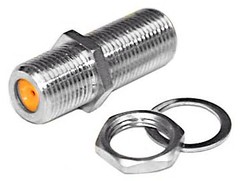
NO SOLDERING REQUIRED
NO SO-239, BNC or N CONNECTOR REQUIRED.
FINISHED LENGTHS
WHIP: From top of F-connector to top of whip = 69 mm
RADIALS: From Point of bending down to tip of radial = 69 mm
RADIALS BENDING DOWN: About 45 degrees below horizontal
WIRE DIA: Flexible. In this demo core wire of RG6 coax cable is used which has a dia of 1 mm (18 AWG), but wires with bigger dia can as well be used.
STEP-1
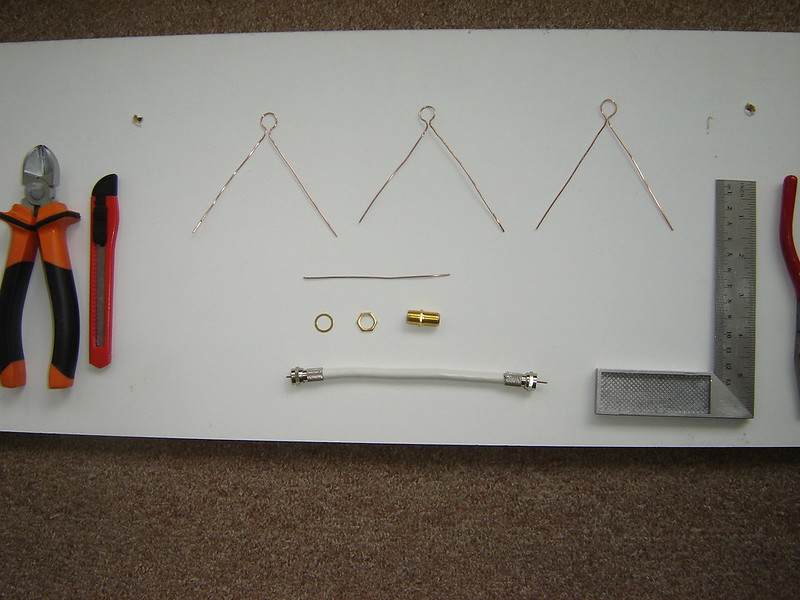
STEP-2

STEP-3
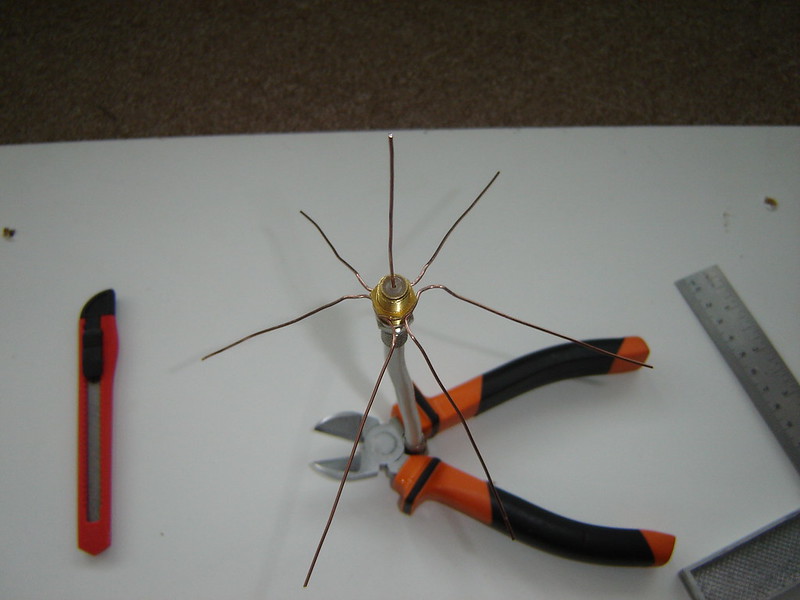
ON TRIAL RUN
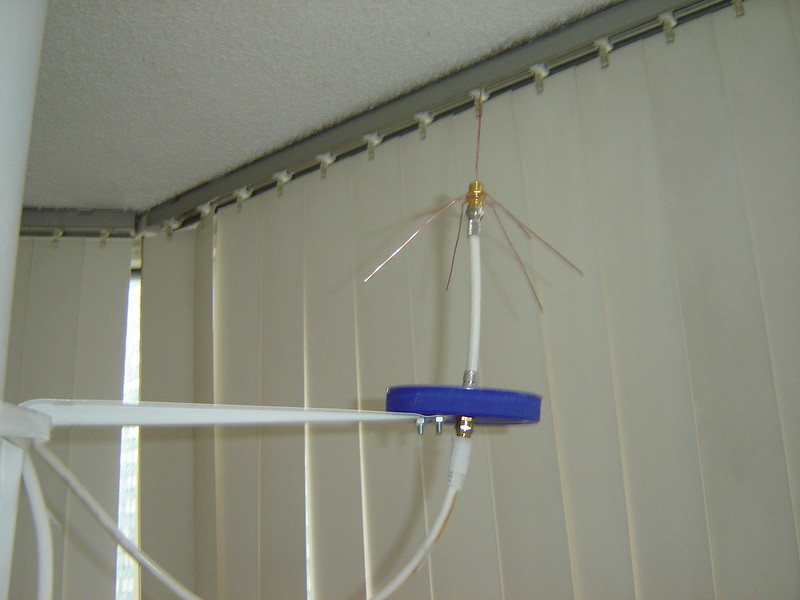
DIRECTLY BUILT ON AN AMPLIFIER, INSTEAD OF F-CONNECTOR
 Last edited by abcd567; 2015-06-17, 15:40.
Last edited by abcd567; 2015-06-17, 15:40.
Leave a comment:
-
EASY ANTENNA # 3 : QUICK SPIDER
No Soldering Required, No SO239 Connector Required
Maximum Range Curve By VRS (VirtualRadarServer.co.uk)
Hardware Used for Range Curve Plotting:
Quick Spider >>
12 ft / 4 m RG6 Coax >>
Generic DVB-T (Black, RTL2832U+R820T) >>
Orange Pi PC

Trial Run - Indoor Near Large Window
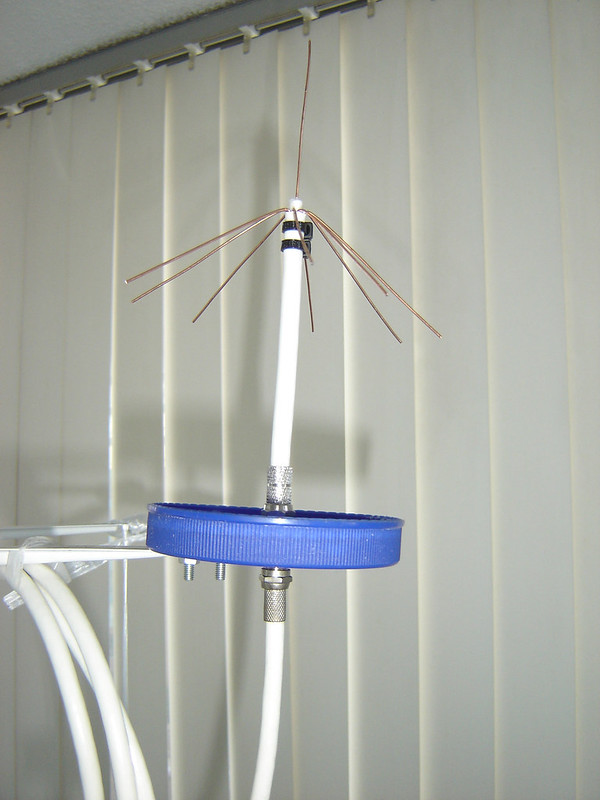
HOW TO MAKE
Please see these posts also for previous Versions:
(1) May 2015
(2) September 2016
STEP 1 - Stuff Required
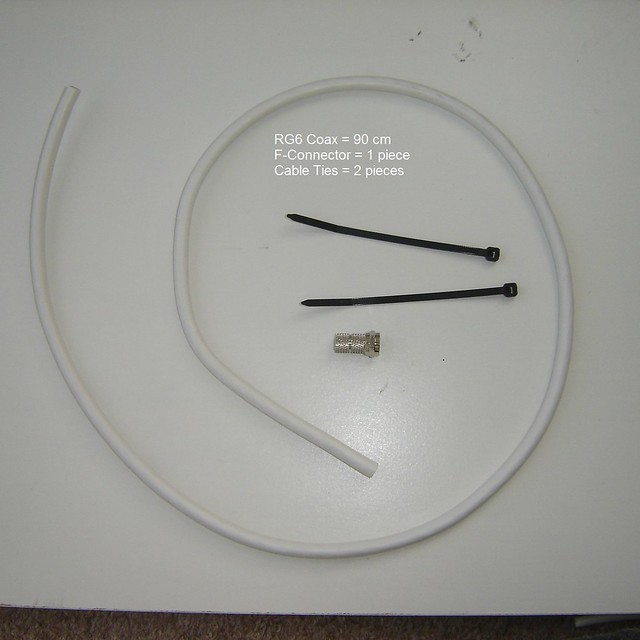
STEP 2 - Cut Coax Into Required Pieces

STEP 3 - Remove braid & Insulation

STEP 4 - Bend Wires

STEP 5 - Assemble Radials

STEP 6 - Bend Down Radials 45 Degrees

.
ENHANCEMENT FOR OUTDOOR USE
1) Apply a rapid setting (5 minutes) sealant like 2-part epoxy, or silicone, or hot melt glue, or similar at the point where radials enter the outer jacket of coax.
2) After installation. wrap the F-connector in tape to prevent moisture ingress. You may also use outdoor type F connector which are water resistant
 Last edited by abcd567; 2017-05-03, 16:25.
Last edited by abcd567; 2017-05-03, 16:25.
Leave a comment:
-
EASY ANTENNA #2 : CANTENNA
Please see below photos, showing construction details.
Completed Cantenna
Designed & Built by Author of this post (abcd567)

The whip at top is ¼ wavelength i.e. 69mm (see dimension drawing below)
The whip is core wire of coax cable.
It can be bare copper wire OR copper wire + core insulation.
Shield (braid+foil) MUST be removed from the whip.
Coverage
The range rings are 50 nm apart, the maximum distance achieved is 250 nm from the receiver.
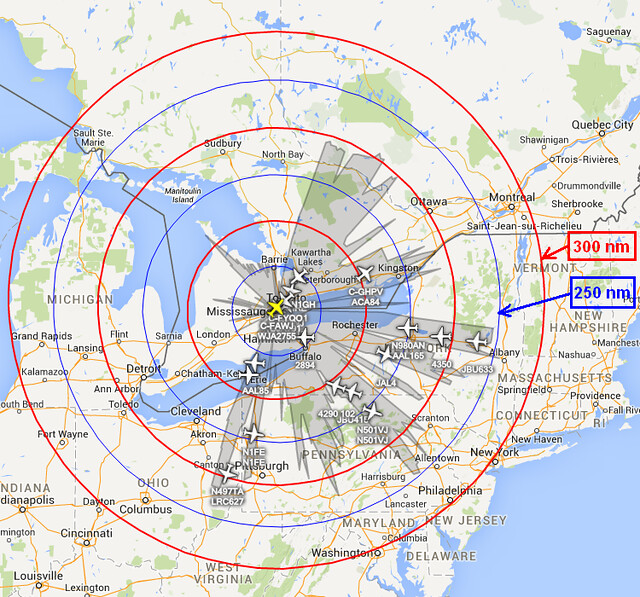
HOW TO MAKE
Image 1 of 6 : Construction Details 1
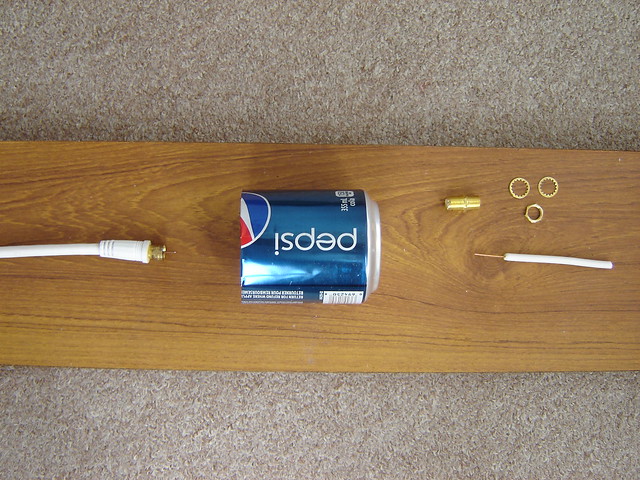
Image 2 of 6 : Construction Details 2

Image 3 of 6 : Construction Details 3
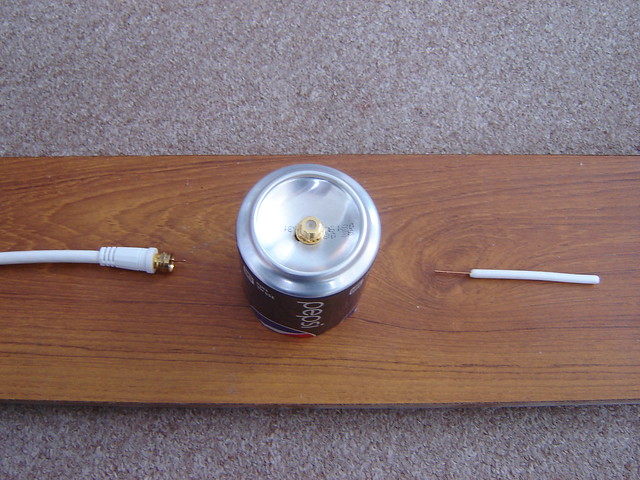
Image 4 of 6 : Fully Assembled

Image 5 of 6 : Details of whip, if insulated whip is used.
The whip can also be un insulated bare copper wire like core wire of coax
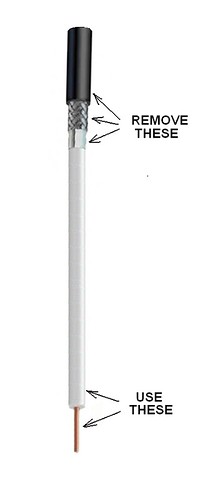
Image 6 of 6: Sketch of Pepsi Can Dimensions
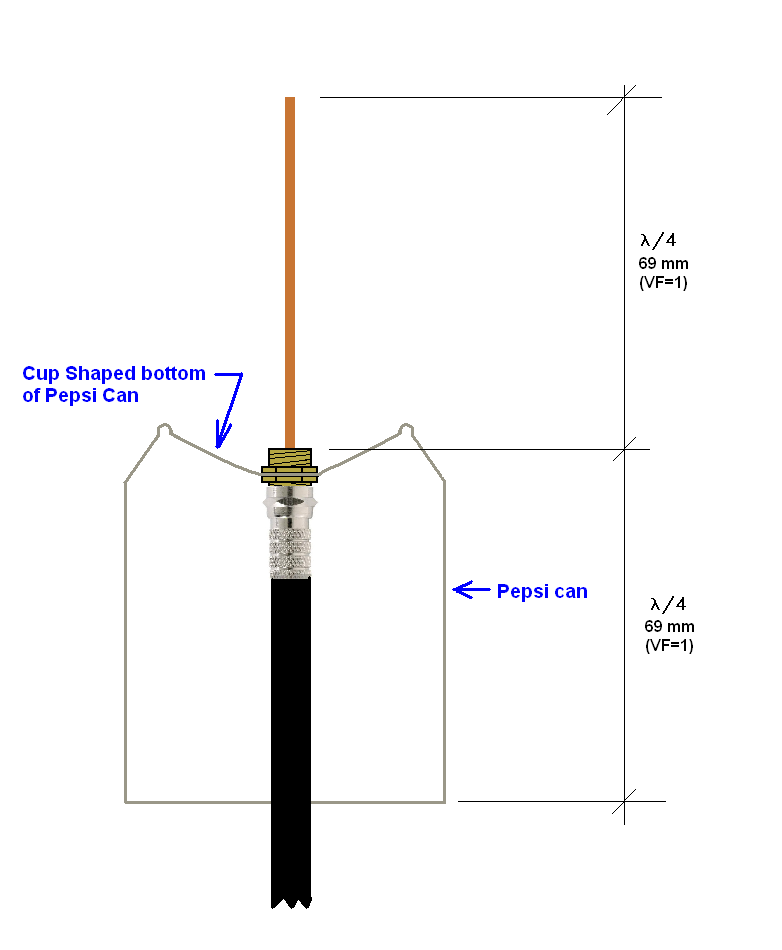
Cantennas using other types of cans:
Built by giacomo1989 http://forum.planefinder.net/threads...e-25#post-1530
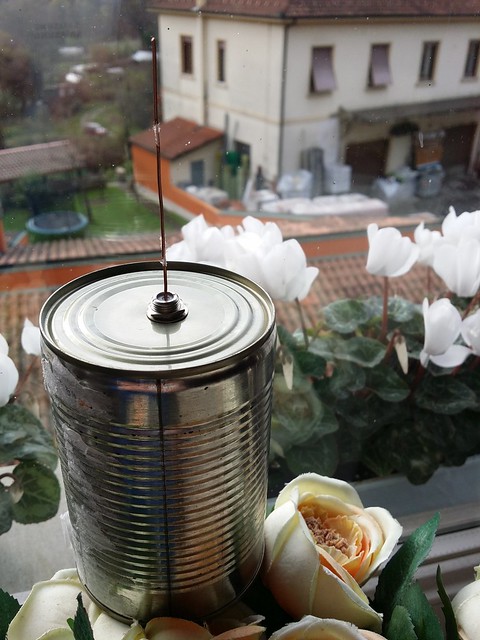
Built by jepolch http://forum.planefinder.net/threads...e-74#post-2607
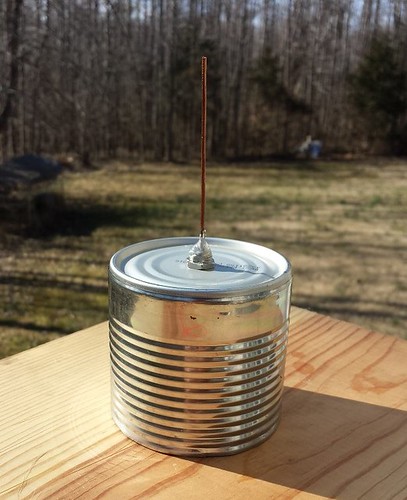
.Last edited by abcd567; 2015-08-28, 13:47.
Leave a comment:
-
EASY ANTENNA # 1 : SPIDER
Parts Required:
1. SO-239 Connector
SO239 standard.jpg
2. PL-259 UHF to F adapter (to connect RG6 coax to SO-239 Connector)
PL259 - F to UHF adapter 2.JPG
3. Copper wire pieces 10 cm long - 5 pieces for 4 Leg Spider, 9 pieces for 8 Leg Spider.
4. Small Nuts & bolts 4 pieces for fixing wires at 4 corners of SO239 adapter
Schematic & Dimensions
Spider Antenna SO239.PNG
Finished Antenna 4 Legs (Does not require soldering)
Built by jepolch
http://forum.planefinder.net/threads...nna.23/page-31
jepolch 4 legged spider.jpg
Finished Antenna 8 Legs (Requires Soldering - Performs better than 4 Legs)
Built by autok
http://www.atouk.com/wordpress/?page_id=237
atouk 8 legged spider.jpgLast edited by abcd567; 2015-03-10, 05:55.
- Likes 1
Leave a comment:
-
3 EASY ANTENNAS FOR BEGINNERS
3 EASY ANTTENNAS FOR BEGINNERS
The main disadvantages of stock antenna supplied with DVB-T USB Dongle are:
(1) It has a very short lead. Due to this, in most cases the antenna cannot be placed at an optimum location.
(2) The stock antenna is not optimized for 1090 Mhz.
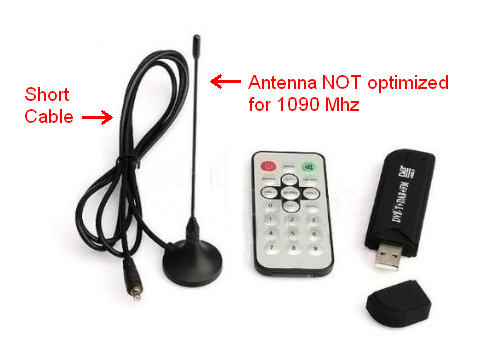
SOLUTION FOR PROBLEM (1):
The short cable length can be overcome by connecting a MCX to F pigtail to the DVB-T USB Dongle, and connecting to the pigtail, the required length of commonly available RG6 cable with a DIY antenna at other end of RG6 cable.

Tip:
(1) For RG6 coax lengths in excess of 5m/15ft, coax attenuation will be high, and an amplifier may become necessary.
(2) Even with short lengths of Coax, use of amplifier increases plane count & range.
SOLUTION FOR PROBLEM (2):
The non optimized antenna can be replaced by a DIY antenna which has a ¼ wavelength vertical whip connected to core of coax cable, and a ground plane connected to shield of coax. The ground plane can be formed by a disc, a number of horizontal radials, a number of slanting radials, or a food/drink can.
Below are 3 different easy antennas for beginners, Spider, Platenna & Cantenna. These all have a ¼ wavelength vertical whip connected to core of Coax cable, but use different methods of providing ground plane connected to shield of coaxLast edited by abcd567; 2015-12-02, 04:10.Tags: None
Leave a comment: